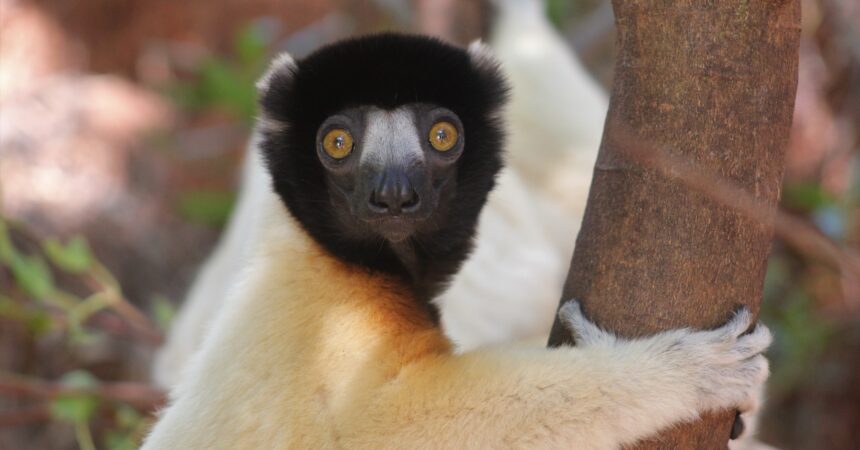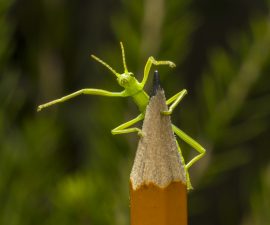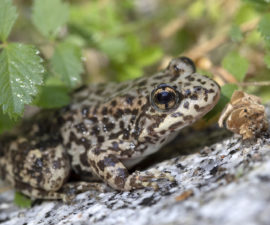Last week, it was reported that 98 percent of lemurs are threatened with extinction, making them the most threatened mammal group on Earth. The threat to lemurs at this moment is so great that it is conceivable that some species may go extinct in our lifetimes. But, do not be discouraged—there are hundreds of people dedicating their lives to lemur conservation to make sure this doesn’t happen!
Recently, a group of about 50 lemur researchers and conservationists comprising the Primate Specialist Group of the IUCN/SSC (International Union for Conservation of Nature / Species Survival Commission) met to assign the specific threat categories to every lemur species. These categories are Critically Endangered, Endangered, and Vulnerable; species that do not meet critical criteria are assigned as either Not Threatened or Data Deficient. Each of these categories carries a lot of weight when discussing the probability of a species to thrive, or even simply survive, in the immediate future.
I was impressed with the breadth of international and local Malagasy people included in the process, and the sheer amount and types of data it takes to come to a decision. More specifically, multiple metrics are considered when assessing species that evaluate species’ population size, health, and available habitat, both in the immediate past and projections for how this trend may continue in the immediate future. This reflects not only the thoroughness of the process, but also that of the field researchers and land managers working tirelessly every day to make sure we have up to date information.
For the approximately 107 different lemur species, their unfortunate classification as the most threatened mammal group has been the result of sustained anthropogenic habitat loss over the past few centuries in Madagascar, the island nation where all lemurs are endemic. This deforestation has isolated the dwindling lemur populations, creating an enormous conservation problem for their future. To this point, nearly a third (31 percent) of lemurs assessed were listed as Critically Endangered.
The current coronavirus pandemic has had a detrimental effect on conservation programs around the world. As the local communities surrounding protected areas often rely on tourism for their livelihood, they are now faced with a situation of needing to provide for their families and some may eventually begin turning to illegal timber harvesting and small-scale bushmeat hunting.
Not everything is so ominous though, and there is certainly hope for the future. Our team from San Diego Zoo Global has been working tirelessly in Madagascar to survey remote forest sites for lemur species, maintain and operate a field research camp which helps to safeguard an incredibly diverse valley of primary forest in the northeast, and train the next generation of local Malagasy conservationists. It is this commitment to conservation from our local partners that should instill hope for improving this otherwise seemingly dire situation.
Tim Eppley is a postdoctoral fellow at the San Diego Zoo Institute for Conservation Research. Read his previous blog, Widening the Lens in Madagascar.





